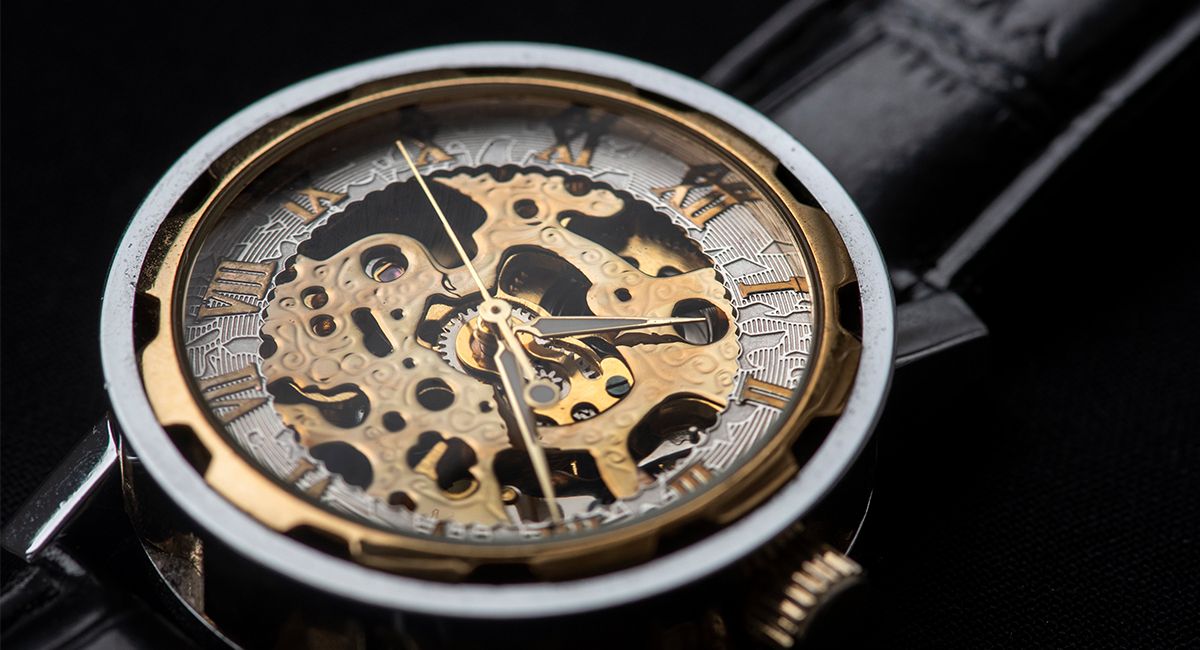What makes a plain-looking leather handbag worth $35,000?
Why would anyone pay $7,000 for a night in a hotel room that has precisely the same number of beds, bathroom towels and windows as almost any other?
When one can buy a pair of plastic reading glasses in the dollar store for, well, a dollar, why does adding a brand name on the side increase the price a thousand-fold? The answer is “luxury” and the strange effect it has on consumers.
The strangest phenomenon of all is the “Veblen Good” – the term for a luxury item for which demand rises as its price increases. CEOs salivate at the thought of getting all that lovely extra margin and demand while doing nothing except raising the prices. So why doesn’t every brand do it? The answer is that it isn’t so simple to make the leap from a normal commodity to a luxury good.
Let’s see if we can rummage around under the bonnet of these Bugattis and Balenciagas and see what’s going on.
At Purple Asia, we break down the elements of luxury branding into 7 “P’s” to create the building blocks needed by brands to reach the elite and elusive status of luxury.
Pricing

True luxury transcends money, but price is the shorthand by which consumers decode what is truly luxurious and what is merely expensive. In the mind of a shopper, a high price equates to extremes of value that go beyond the simple cost of the products’ components. It’s tempting for brand owners to reduce prices, particularly at launch, and during times of economic hardship or uncertainty, but this can be catastrophic for luxury brands.
If there is a sense that a luxury brand is discounting, then consumers quickly lose the desire to own it, and the damage to the brand can be permanent. That’s not to say a brand can gouge its consumers with impunity. Luxury buyers are highly discerning and are experts at benchmarking brands within a category. If you misjudge your pricing vs a competitor’s or overstep your brand’s credible cachet, be ready for a backlash!
Performance
In every facet of the brand experience, a luxury brand must perform exceptionally.
Why does anyone need a 700-horsepower supercar capable of going 300 km/h in a country where the highway’s maximum speed limit is 120 km/h? They don’t, and that’s the whole point. Nobody needs a watch whose accuracy is guaranteed to a millionth of a second per millennium, but a handful of privileged people want such a timepiece.
When performance outstrips any measure of necessity or functionality and approaches the realms of the impossible, an object becomes truly desirable and therefore enters the rarefied air of a luxury good.
Paucity (Rarity)
No brand can be truly luxurious if it’s available to everyone. “Exclusive”, by definition, means that many are excluded from owning or experiencing the brand. Again, mistakes are made at the peril of the brand. Just ask Burberry, whose iconic branded tartan was adopted by the rank and file of the football terraces, causing millions to be shaved off the value of their brand. Exclusivity can also be built on the rarity of the brand components. For example, the most valuable whiskeys contain spirit from distilleries which have long since closed their doors and will never produce again.
Provenance
True luxury brands build their brand story over many decades. This brand element is very hard to recreate. The great fashion houses of the world were mostly created over an obsessive lifetime of a founder, like Coco Chanel or Christian Dior. Ferrari and Bugatti were shaped over many decades of racing pedigree and built as luxury brands by the influence and adoration of track heroes, film icons and billionaire patrons. Great wines are reflections of the fine châteaux, exceptional terroirs, and sometimes hundreds of years of incredible vintages. It’s very, very hard (but not entirely impossible) for upstart brands to recreate such powerful provenance and brand stories.
Persona
A luxury brand must create a world and an aura that is truly exceptional and unique to its brand signature. Ads for refined fragrances rarely speak of the actual attributes of the product. Instead, they focus on the enviable and magical world that emanates from the impossibly beautiful bottle and the equally attractive and unattainable people that act as brand ambassadors. Luxury brands strive to create a world beyond our everyday existence; an invitation to be a part of a halcyon, money-can’t-buy lifestyle.
Placement
Control and curation of the sales experience is an essential part of the brand journey for the true luxury brand. In some cases, and especially in Vietnam, you can’t buy certain luxury brands in any store. You have to know the right person, who will bring treasures to your home and ensure that you will never be seen in public with the same handbag as another fashionista socialite. Sales galleries for the best luxury properties are not a showcase for model homes or a catalogue of villas for sale; they are an invitation into a world of opulence and privilege.
PR
Authenticity is the key to achieving the status of a luxury brand, and trusted third-party endorsement can help develop that authenticity in the marketplace. We often say, particularly in this age of constant consumer communication, that your brand is not what YOU say it is but what THEY say it is. Steering this narrative in a way that reinforces all the elements of luxury branding outlined above is essential.
True luxury branding is a delicate and shifting combination of all 7 “P’s” listed here, and getting the recipe right is far more art than science. For that, you need the eighth, and most essential “P” – Purple Asia!

